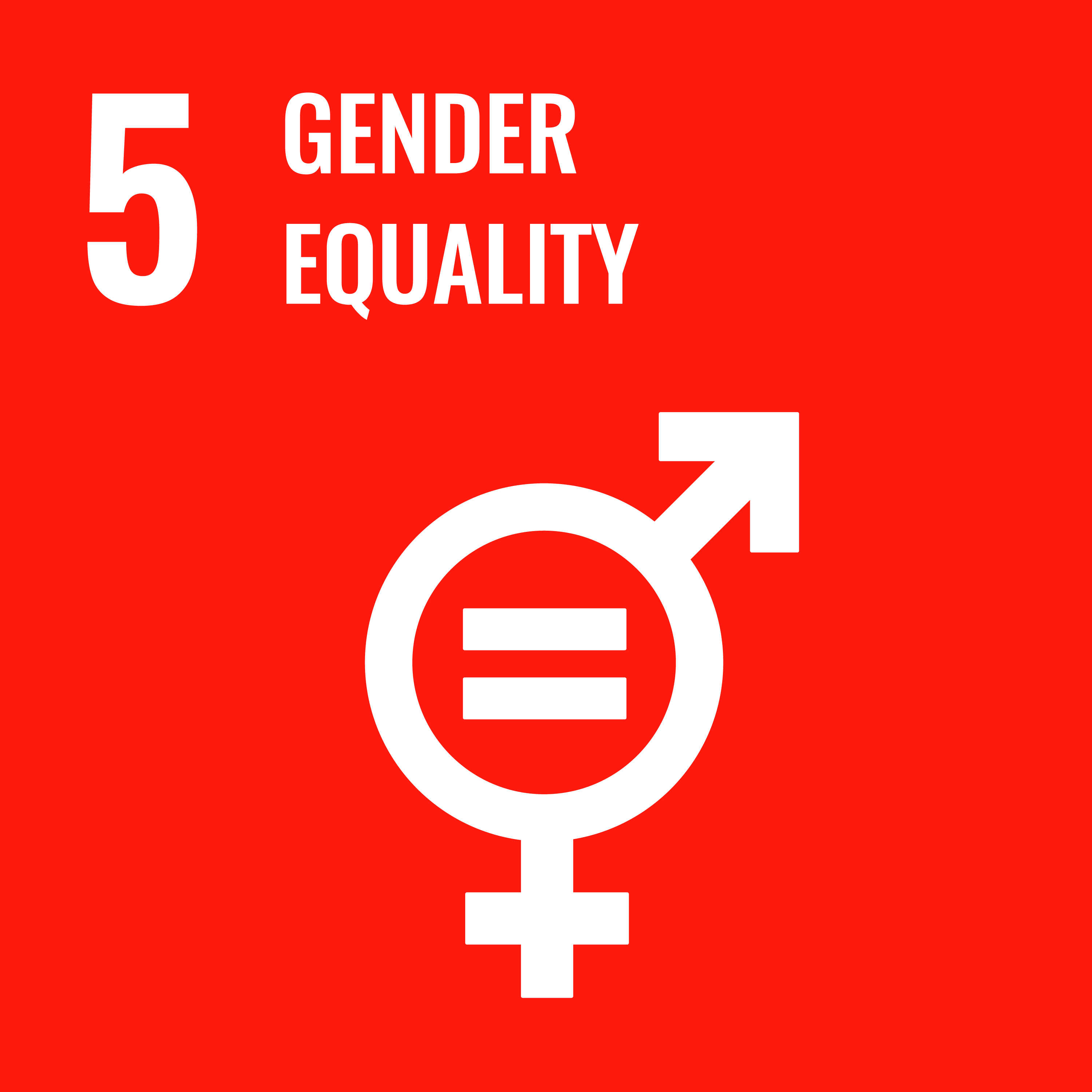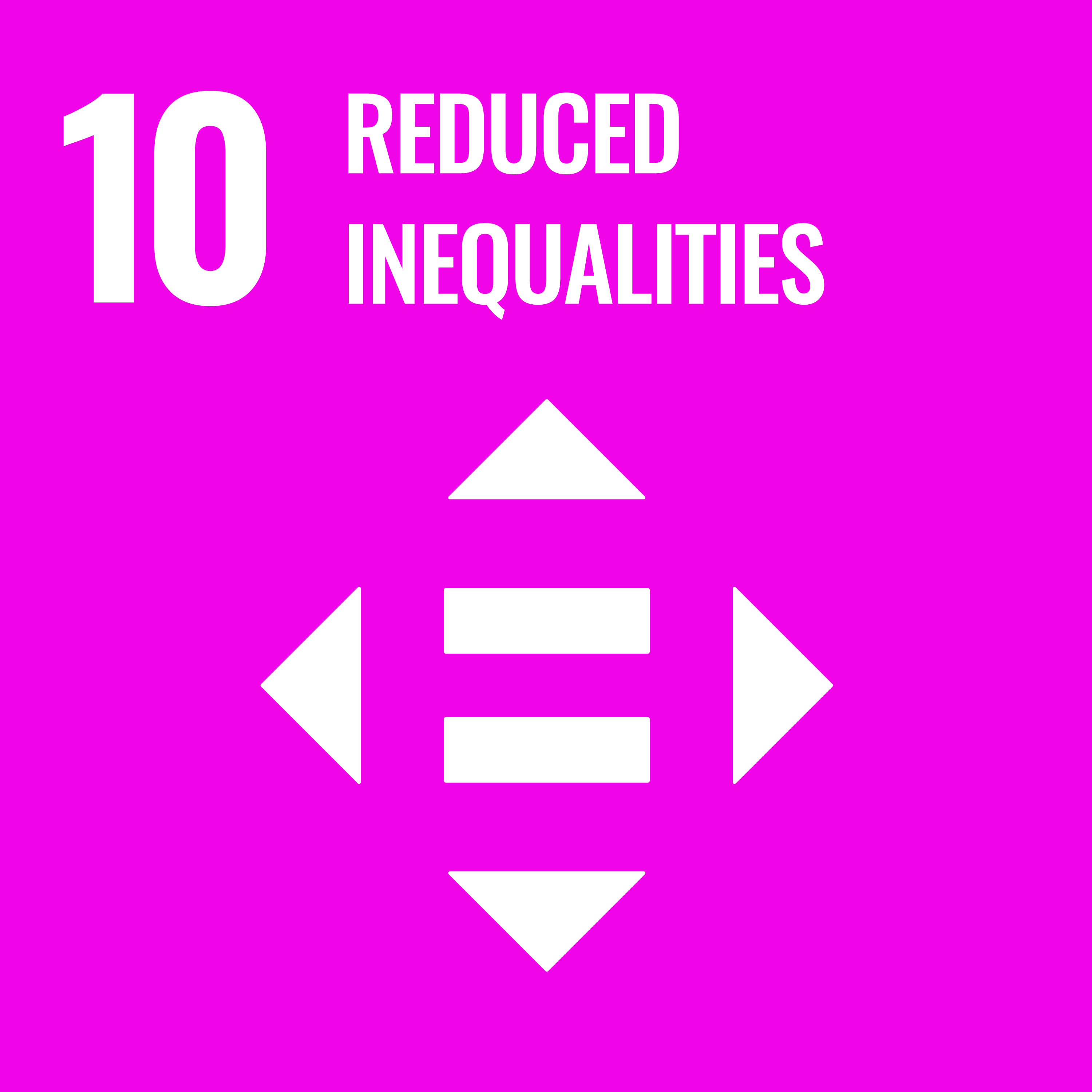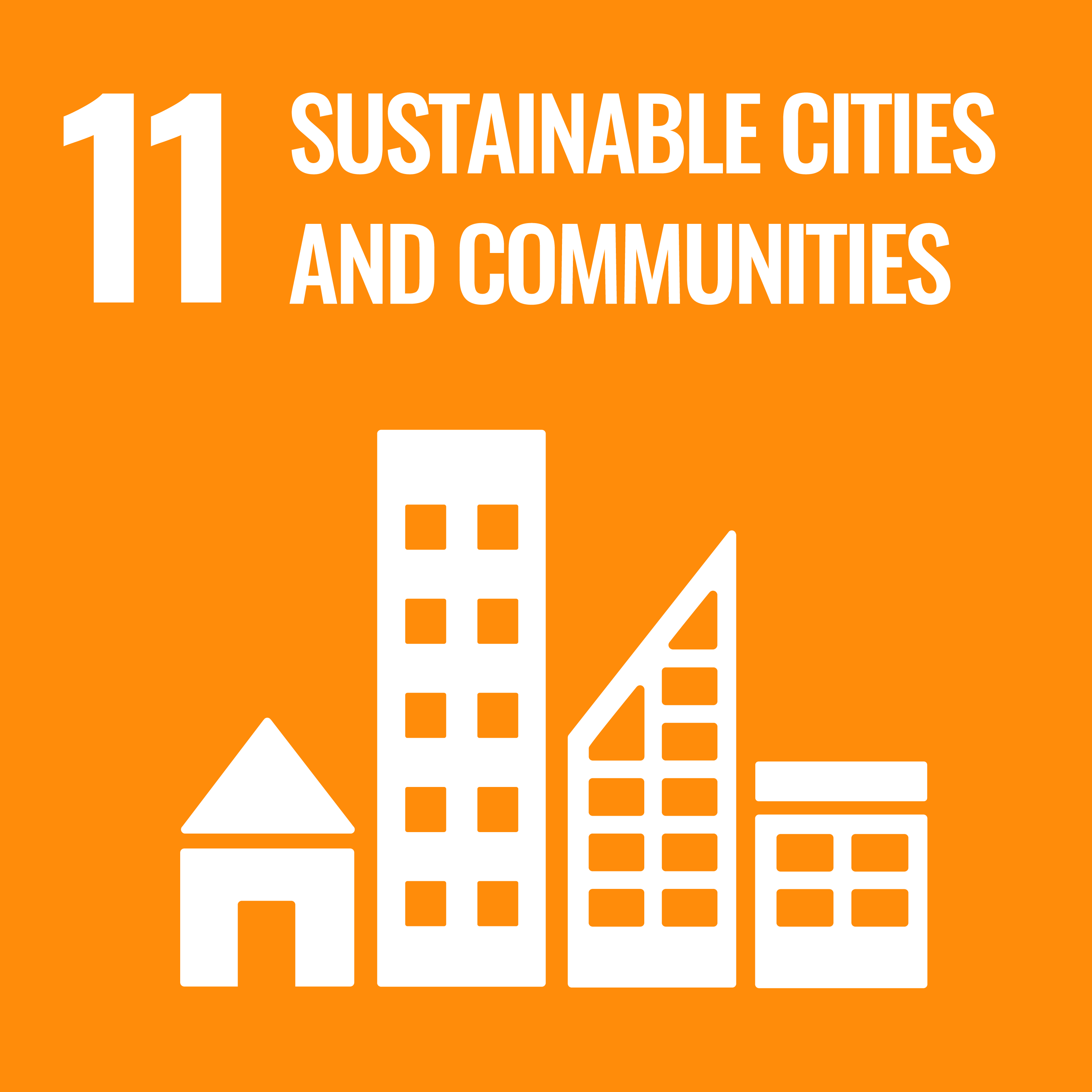Contributes to achieving SDGs
Key achievements
During the first year of its Strategic Plan 2022-2025, in collaboration with an expanded set of partners, UN Women worked to safeguard and advance the rights of women and girls across the humanitarian-development-peace nexus and achieved the following early results:
countries and territories
advanced policies to end violence against women and girls, with a strong focus on prevention including addressing harmful social norms
programming initiatives





